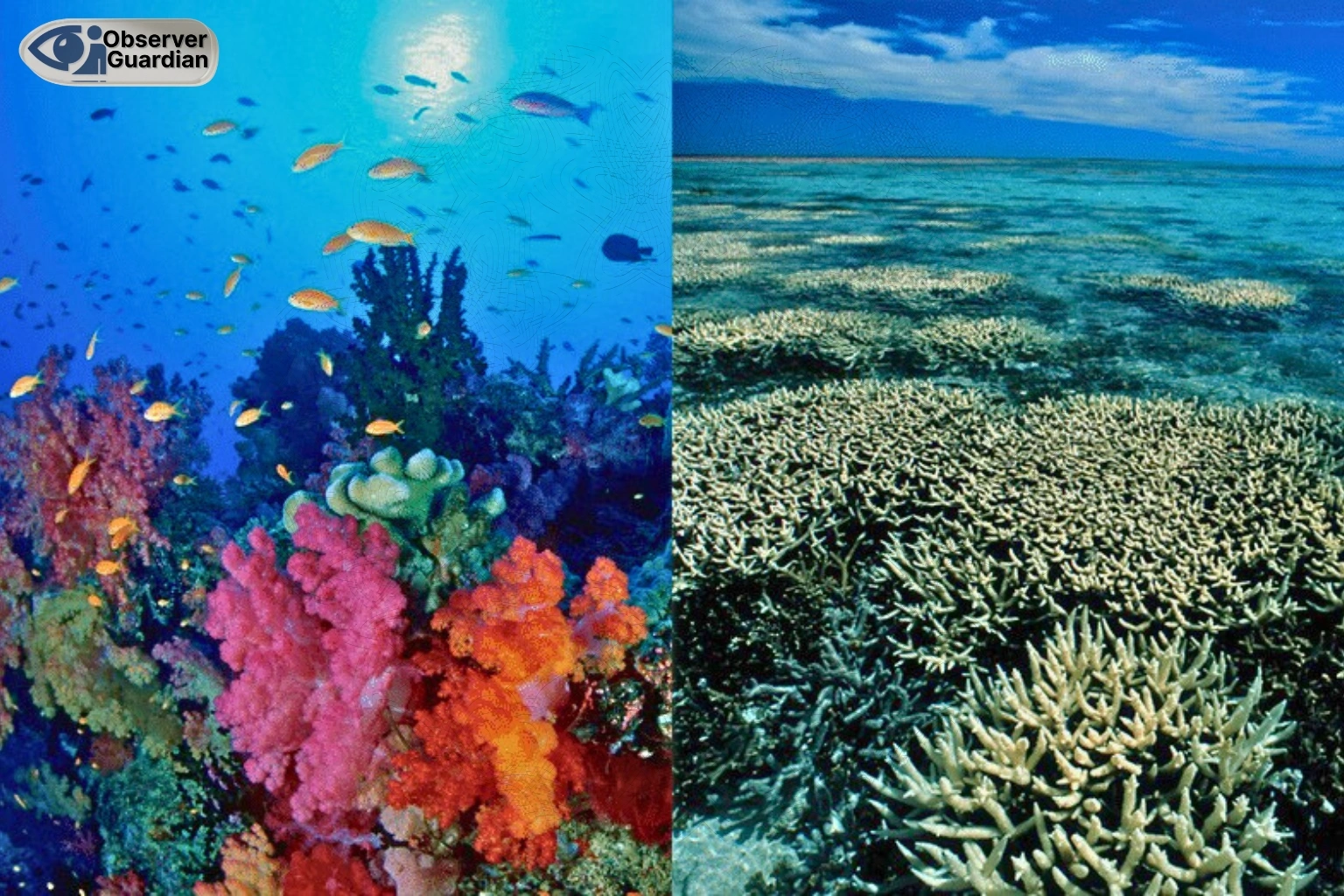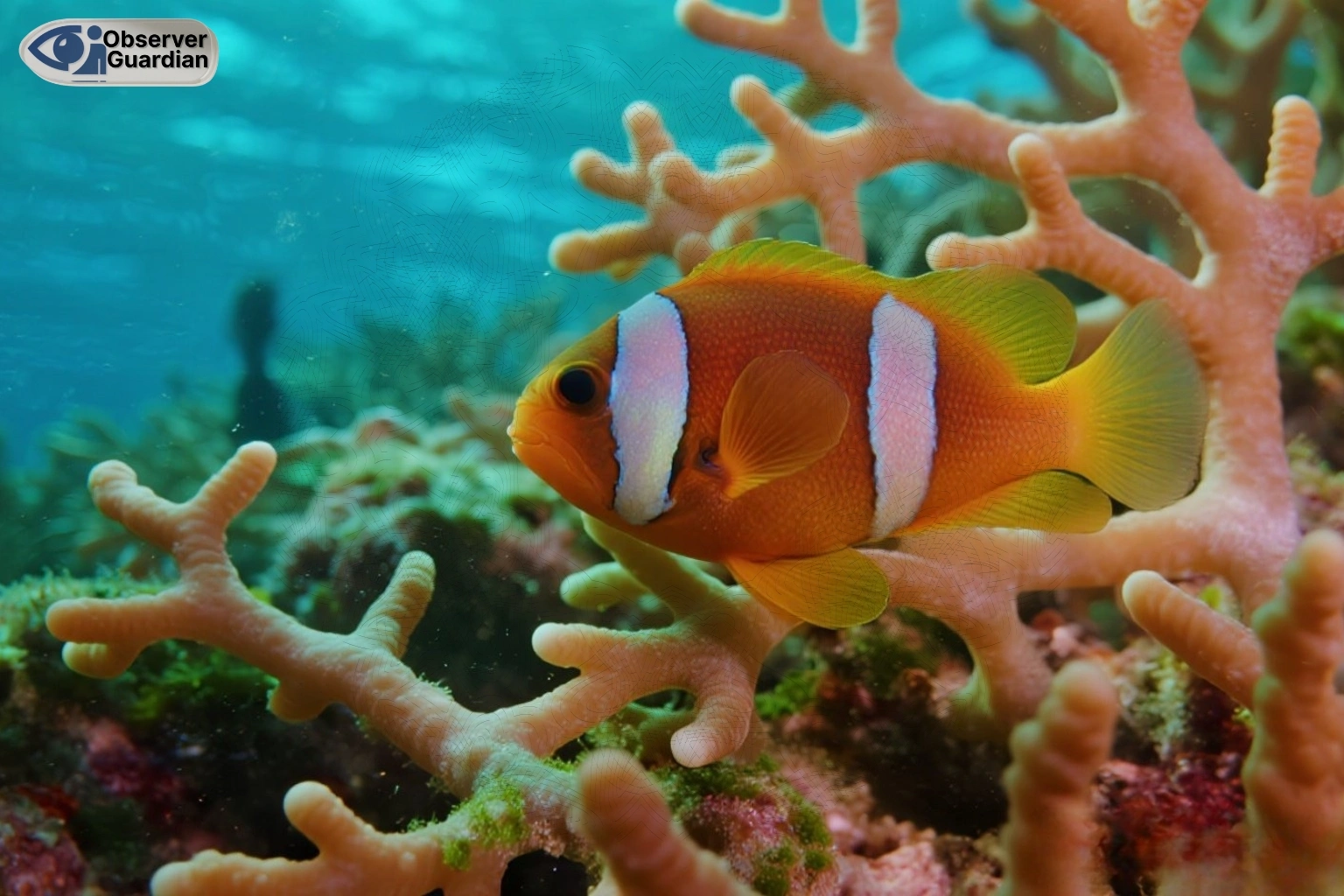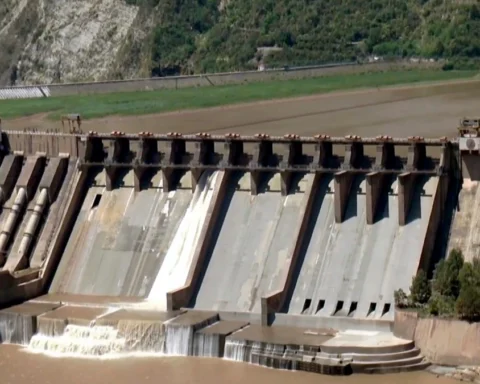Our oceans are being wiped out by a silent catastrophe. It is the gradual movement disaster occurring only under the waves. The ongoing worldwide coral bleaching episode of 2023-2025 turned out to be the biggest one in history. It impacts 84 percent of all the coral reefs in the world. The numbers are frightening. It poses a huge danger to life at sea, to the financial wellbeing of coastal economies, and even to the very sustainable existence of the entire ecosystem on our planet. Everyone should be aware of this crisis and the extent of it. Marine biologists are not the only ones with this problem. Every person who depends on the ocean as a source of food and climate stability makes it a problem.
A Fever Under the Sea
Coral reefs are commonly termed as rainforests of the sea. They are underwater cities that are alive. Their lovely colors are due to minute algae which dwell within them. These algae are vital to coral. They give the coral most of its food. They, in their turn, are given a secure home by the coral. The whole partnership is based on a fine temperature balance.
Oceans are warming up. This heat is the primary cause of all the bleaching currently prevalent. It causes the coral to be stressed when the water temperature gets too high. Then algae start to synthesize harmful substances. As a result, the coral does away with its partner algae. The result is that the white skeleton of the coral is left exposed. The coral turns stark white. It appears to be a beautiful sign, but it is a sign of extreme illness. The coral is not dead yet. When coral has enough time to recover and the water temperatures drop, then this occurs. But the temperature pressure has been so intensive and so long-lasting that most of the reefs end their lives. It is a much worse bleaching event than before. It has hit well known reefs in the Caribbean, the Great Barrier Reef and the Maldives reefs. In parts of the Florida Keys the water became hot so quickly that corals succumbed to acute heat shock, places that were once very lively a few years ago are now underwater cemeteries. At an alarming rate we are destroying priceless wonders of nature.
The Global Domino Effect
Our reefs die and this causes a dangerous chain reaction. It extends well past the sea. First and most obvious is the effect on marine biodiversity. There are so many species of marine life that use coral reefs as sources of food and shelter. One quarter of the entirely known marine fauna (plants and animals) depends on them at one time or another. When the reefs die, fish and other animals that live on them are left homeless. The reefs die. This causes enormous depletion of fish and consequently depletion in the marine food web.
Then the crisis strikes communities and economies along the coast. Coral reefs provide food and employment to millions of people all around the world. Fisheries are dependent on the fish which inhabit the reefs. Less fish means less food and less income to communities. The tourism business is affected as well. Imagine all the sites where people go to snorkel, dive and fish. When the reefs no longer have color or life, tourists cease coming. This brings about massive economic devastation to towns and countries that rely on this trade. And the last is that loss of reefs exposes coastal regions to storms. Reefs are a natural wall.
Although the primary cause is climate change, there are a lot of things we can change at the global and local level. In the end, the trim to our carbon emissions is necessary. It is the one and only important step. It will reduce the rate of warming of our oceans, also governments should invest in clean energy and green practices on an extended scale.
Reefs are the ones we need to safeguard against other stressors such as pollution and overfishing. Marine protection would provide reefs with an opportunity to overcome the heat stress. It is also easy to use reef-safe sunscreen. Even such basic actions as cutting down on plastic consumption and being conscious of what we put in our waterways do matter. If not, scientists are also trying to develop new techniques such as producing heat resistant corals in nurseries and planting them again in the reefs. Such attempts provide an assurance of a better tomorrow.
And the future of our coral reefs is online. We have stretched them to the limits. The bleaching currently occurring is a last warning. Either we sit and watch these important ecosystems being wiped off the planet or we can act. The future of our waters and the future of our Earth will be our decision.
Disclaimer: The views and opinions expressed in this article are exclusively those of the author and do not reflect the official stance, policies, or perspectives of the Platform.








